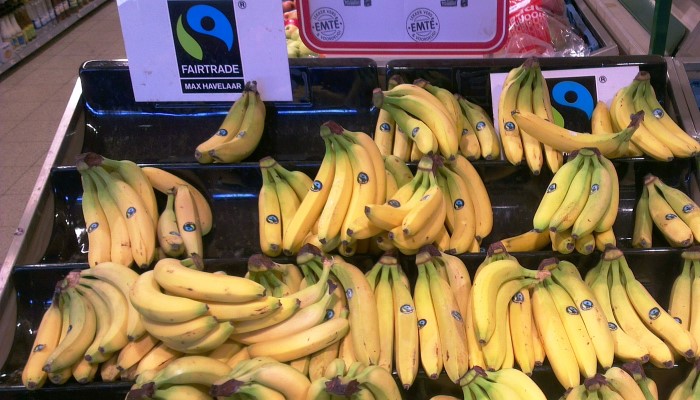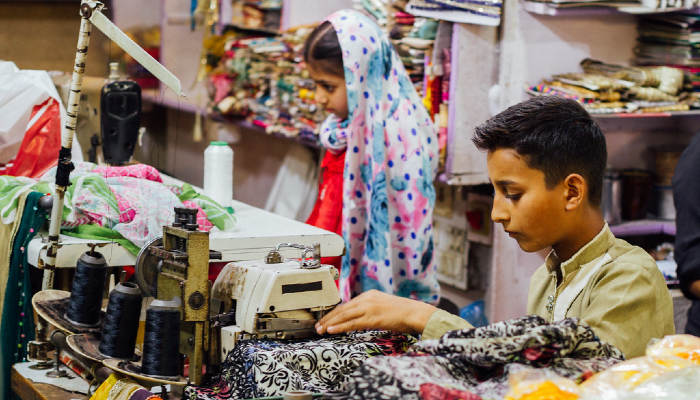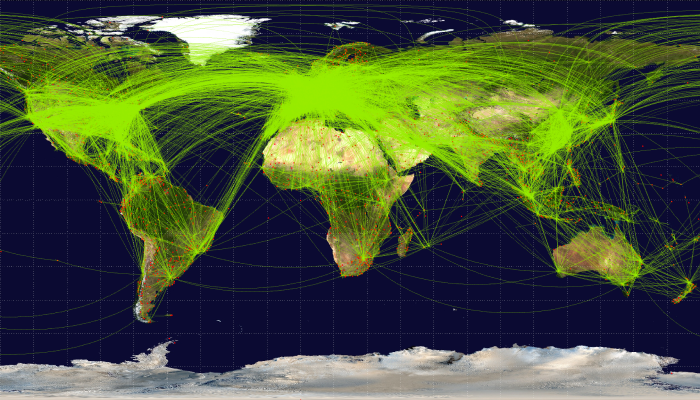Fair trade
Where can I find information about fair trade?
(Years 7-10)

Image: Fair trade bananen by Onderwijsgek on Wikimedia Commons
Entry last updated: 11/11/24
Introduction
Fair trade is an international movement that aims to reduce poverty by working for better trading conditions between developing countries and the developed world. The fair trade movement helps to give farmers a fair price for their goods and better working conditions for their workers. Fair trade goods are produced sustainably, which means they are also much better for the environment.
How it works
No one can say for sure when the fair trade movement started, but developments were happening in the late 1940s in the United States. Use the websites below to read about the history of fair trade and how it works.
Britannica School is part of the EPIC collection of databases covering lots of different topics. It’s put together especially for New Zealand school students and helps to answer questions like this.
Once you have logged in, then you can choose your level. We suggest starting with Secondary.
Enter 'fair trade' into the search box.
Go to the Fair trade (economics) article.
Go to the Related tab at the top of the article to explore other related topics.
Tips: To get to the EPIC resources you will need a password from your school librarian first. Or you can chat with one of our AnyQuestions librarians and they will help you online. Some EPIC databases may also be available through your public library.
This website has thousands of articles about a lot of different topics. We like it because it gets information from credible sources like Oxford University Press and Columbia Encyclopedia.
Enter your keywords 'fair trade' into the search bar at the top of the page.
Choose the article fair trade for information about the movement.
Tips: Some websites have advertisements (or ads) which ask us to buy something or tell us to ‘click here’. It’s best to ignore these ads and focus on the information we’re looking for.
Fair trade organisations
These international organisations will help you understand the importance of fair trade, how it is managed and its impacts.
This group is one of the recognised fair trade certifiers, that aim to establish uniform fair trade standards for better prices, decent working conditions and local sustainability for farmers and workers in the developing world. It is responsible for the Fairtrade Mark.
On this website you will see the word Fairtrade as one word as well as the words fair trade. Fair trade as two words refers to the global movement, and Fairtrade refers to the certification and labelling system that this organisation is responsible for.
From the home page, select About, then from the drop-down menu chose What is Fairtrade?
Use the tab Standards to explore Fairtrade Standards.
The tab called Issues is about how Fairtrade deals with child labour, climate, human rights and more.
Products cover the products managed by Fairtrade such as bananas, cocoa, coffee, sugar, tea and more.
Tips: Websites that have .org or .net in the address can have good information, but you need to assess how reliable it is. Check the About us link on the website, if you can find one. That can tell you what the organisation’s mission and values are.
World Fair Trade Organisation (WFTO)
The WTFO is another organisation that has the authority to verify enterprises that are fully practising fair trade. They are active in more than 80 countries around the world and have their own product label.
From the top of the page, choose About WTFO.
Next, choose Our Movement for information about how they work and what they stand for.
Then select Our Fair Trade System to read about their Fair Trade System and Verification Labels.
Tips: Websites that have .com or .co in the address can have good information, but you need to assess how reliable it is. Check the About us link on the website, if you can find one. That can tell you what the company’s mission and values are.
Pros and cons
The websites below will help you understand the different arguments and issues for and against fair trade, and to help you draw your own conclusions.
Tips: To use the EPIC resources, you need a password from your school librarian. Or chat with one of our AnyQuestions librarians to help you online. Some EPIC databases may also be available through your public library.
Opposing Viewpoints (Gale In Context)
Opposing Viewpoints in Context is an EPIC database that gives you many opinions for and against various social issues such as fair trade — does it really help and what are its disadvantages?
Use the search words 'fair trade' and select Viewpoints and Reference to find a variety of essays.
The essay Fair Trade is Effective and Rewarding is an example of an advantage.
The essay Some Large Companies Are Abusing Fair Trade Certification is an example of a disadvantage.
Global Issues (Gale In Context)
This is another EPIC resource that has current information about lots of important issues around the world.
Enter the keywords 'fair trade' into the search bar.
The viewpoint Fair-trade coffee: not worth a hill of beans argues against fair trade.
Whereas the article Fair trade popular despite inflation argues in favour of fair trade.
Tips: Before searching it can be useful to come up with a list of words to use. These are sometimes called keywords. They can be the name of a person, place, or event you are researching.
Personal Stories
There are many examples where the fair trade movement affected and changed people's lives. Here are some stories from Australia, Aotearoa New Zealand and the Pacific.
Fairtrade (Australia and New Zealand)
This is the website for Fairtrade in Australia, New Zealand and the Pacific. You will find some stories about fair trade from these countries.
Go to the link Stories.
Read Mā Te Wā – Mike Murphy reflects on 17 years at Kōkako and his commitment to growing coffee in a sustainable way.
Also, read A New Fairtrade Coconut Product Is Being Cooked up In Samoa. This story is about increasing incomes for small coconut farmers and jobs for locals in Samoa.
Books
Check out your local public or school library to see what they have on fair trade. Here are some titles to help you begin your search:
Chocolate nations: living and dying for cocoa in West Africa by Ryan Orla.
Fair trade by Jillian Powell.
The no-nonsense guide to fair trade by Sally Blundell.
The fair trade revolution by John Bowes.
Fair trade & global economy by Charlie Ogden.
SCIS no: 1905045
Topics covered
Related content

Child labour
Where can I find information about child labour?

Globalisation
Where can I find information about Globalisation?

Trade (New Zealand)
Where can I find information about trade in New Zealand?

Transportation
Where can I find information about transportation?

Business
Where can I find information about business in Aotearoa New Zealand?
